
I hear it all the time.
“Oh how I wish I had a more creative job”
It is usually coming from a fiberista who dreams of knitting all day instead of her accounting/administrative/nursing job.
I get it. I used to dream about career knitting when I was in my former 9 to 5 job.
Here’s the thing… I had 9 to 5 job as an art director. And now that I have a yarn business built out of my passion for all things knitting. With my yarn business I am better able to satisfy some of my creative ya-yas during my work week. But despite a lifetime in 2 creative careers, I find I STILL have a yearning for more personal creative time.
I don’t mean to get all ex-GenX angsty on you. I want to dispel some of the myths about what having a creative job really means, and give you some lessons I have learned to find more time to create, have a better appreciation for your 9 to 5, and a reality check if you really are serious about making a living off making art.
So, here are what I call my 8 truths about having a creative career:
1. You will have to fight like hell to get others to value your right brained genius and creative time.
Starving artist—we have all heard of this term, right? So, has your boss. Underpaying professional artist is rampant across many professions. People often haggle artist over their work. It sucks. And it is insulting. Think about it. Do you ever haggle with your dentist? hairdresser? plumber? As artists, we are asked for discounts/slashed prices/deals all the time. And unfortunately, because of this common attitude towards artists, the artists are notorious for devaluing their own work. They are self conscious about placing a reasonable value on their time and genius involved in making art— they are supposed to starve, right? Art directors are often paid less because of the perception that creative jobs are more fun. And maybe in a way they are. But they can also suck… when the client just wants the logo red, and does not care about your professional experience or how it impacts the ENTIRE campaign. Or the client thinks they could probably design just as well as you with the right computer program. Or when the deadline does not care about burnout… you are creative this is all fun! If you want to transition to a creative job, you will want to grow a pair, and have a beautiful heart to heart with yourself (and gulp… maybe even your boss) about the value of your creative genius, your time and what you need to pay your bills and live comfortably. Being an artist does not mean you can not live comfortably.
2. You will have to learn how to compromise your commissioned work for others.
The perfect situation in a creative job is you will find that sweet spot between what you love to do and what your ideal customer (emphasis on ideal) will want to buy from you. But there will be a lot of not quite perfect situations. There will even be some of the dreaded lesson-learned situations. The back and forth with the client over a logo. Compromising on the tiniest of details that feels like a chipping away of a perfect idea. The client LOVES this color way… but can it be like this with blue? I learned the hard way to never show any work I was meh about… be it a design that I could not fully stand behind, or a dye process I hated. I learned never go to the table with anything I am already compromising on. Rest assured that will be the absolute favorite with your client/customer. F**king Murphy’s law.
3. You will still need to find time for your own personal creative projects.
You may love love love what you make for a living, be it logos or skeins. But the reality is after the initial creative conception of an idea, come the labor part. Dyeing the same color way over and over again, feeling the monotony of making inventory. When you are in the thick of the unromantic production work you still need to keep your creative brain happy. Making time for tiny bits of creative every day helps. I talk about that more in this article and this article.
4. If you have your own business, you will really only be spending 50% (or less) of your time making stuff.
Running a business and marketing needs are real. It is rarely an if-you-build-it-they will-come situation. You have to pimp that skein/scarf/painting. Build leads, get the word out, manage your money, pay some bills, run numbers and analyze the profit margins (because remember, you deserve to be able to pay your bills). You can eventually pay to have someone else do those kinds of things, but you will take some time to build that into your business. Pro Tip: The business tasks are other opportunities to get creative…websites, campaigns, blogs, newsletters…
5. Sometimes you will miss using your left brain more.
After a full day of brainstorming ads for my old creative day job, I just wanted to go home and balance my checkbook. While creating can be fun, you have to stop slamming your head against the wall trying to squeeze out the creative stuff, and give your right brain rest.
6. It is hard to be open to lots of judgement and criticism about your work.
Creativity sits in your emotional brain space. If someone finds fault my accounting math, it is no big deal. But if someone criticizes my art work it can feel personal. In art school, we had to endure weekly critiques to teach us to be tough and not take the criticism so personally. It was hard. I cried. It is still hard and I still cry. But now a days my skin is way thicker and the recovery time is much quicker. I have learned to fuel my work with with all that criticism. I either get better at standing by my ideas, or I improve them until I can stand behind them. It’s all good.
7. Your non creative 9 to 5 probably pays way more.
You can afford classes, supplies and creative retreats. Remember that part where I mentioned the rampant idea of starving artist? Straight up, even in more lucrative careers like advertising, the pay is often not as good as for non creative professions. It is okay to let your day job build your wealth and fund your creative time. Trust me it takes so much pressure off doing what you love to do…on the side. Stop and look at your current day job…is it really so bad? Maybe it is okay to hold onto it..or could you cut back to part time? It is okay if you need the day job to fund your art.
8. Your creative time will come second to the day job.
If it is truly in your heart to make art, you will be able to find the time. Schedule it…That is my secret… literally break out the calendar and slug out the time needed. The reality is, even if you have a creative job, you will still need to carve out time to do your personal creative work.
Don’t get me wrong…I think we all have a need to follow our dreams. And I have no clue what I would do if I were not in a creative job. If you are ready to take the leap I definitely think your should. I believe if it is in your heart to make art as your career, you will see all the challenges as just steps to strengthening your resolve.

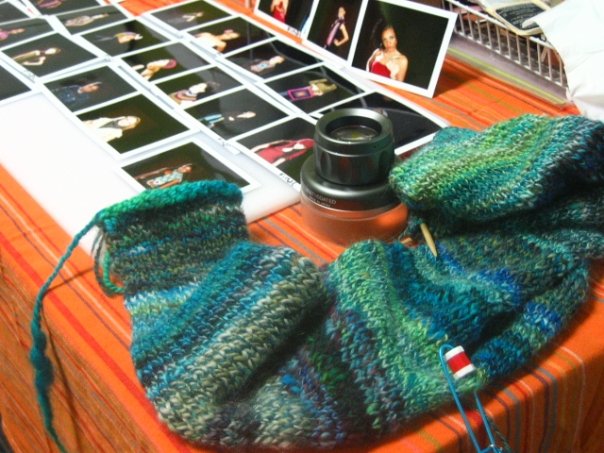
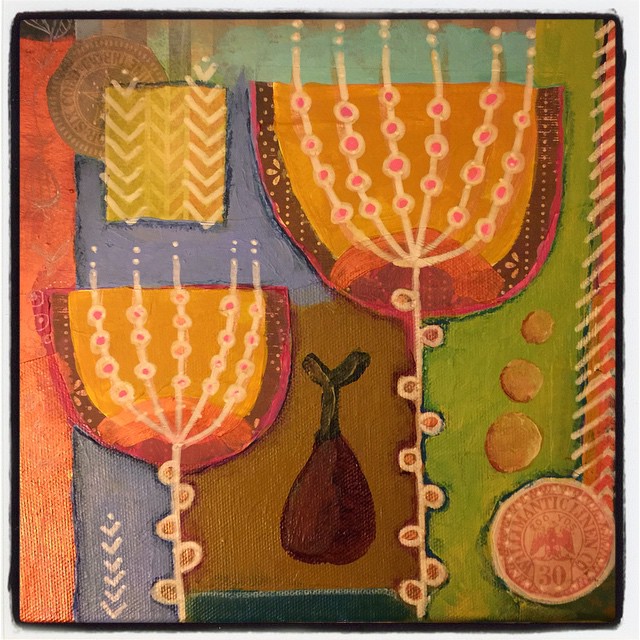
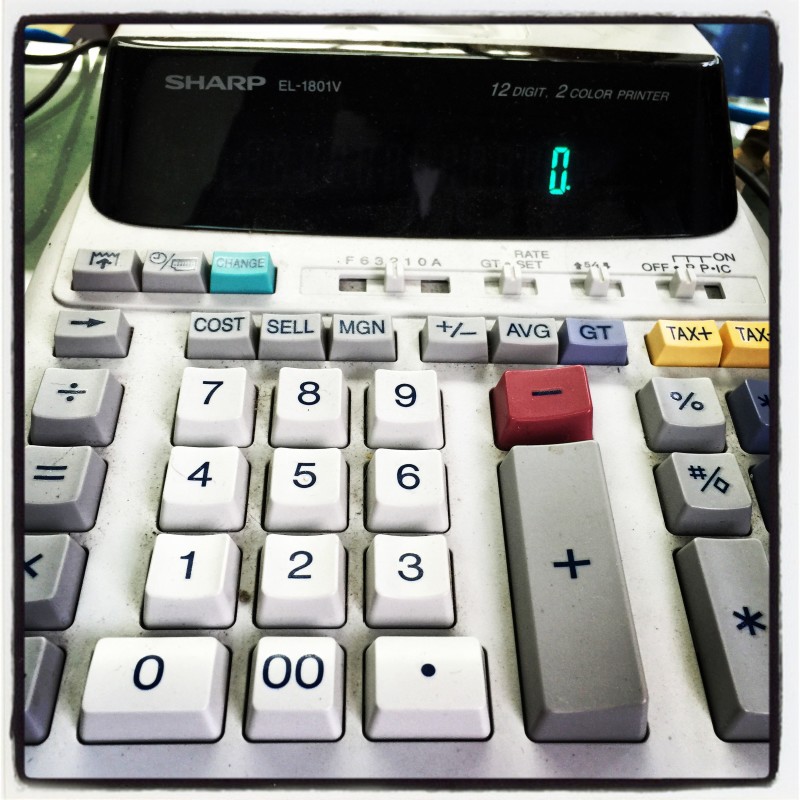
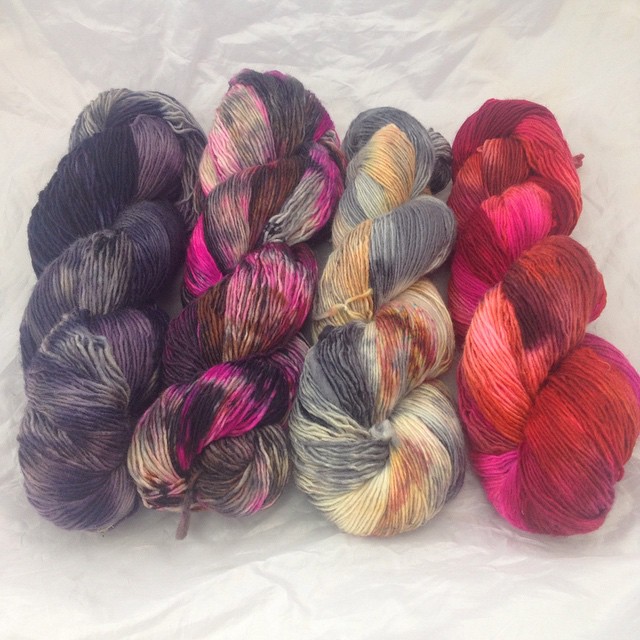
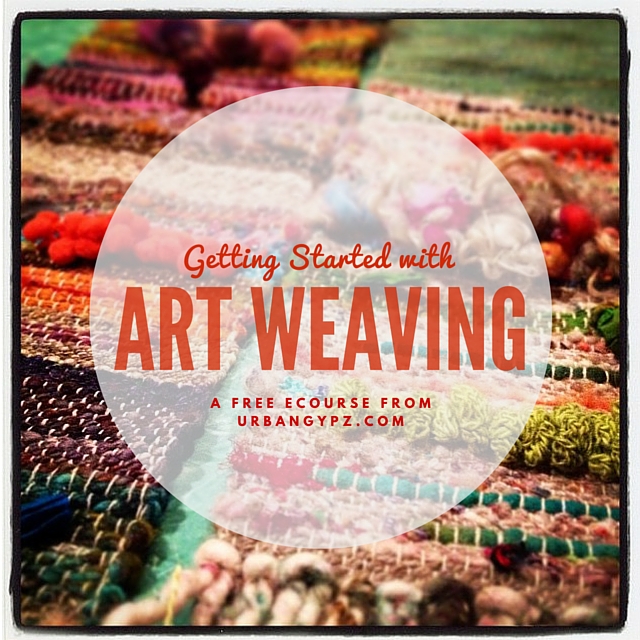
 Fiber artist Stacey Budge-Kamison AKA UrbanGypZ lives and works in Cary NC. She can also be found knitting in public, hammering out her latest e-course at local cafés and spinning yarns in her booth at her favorite arts festivals. A designer at heart, Stacey has decided that her mission is to help fellow knitters, crocheters, weavers and felters embrace their own style and creativity by exploring fiber art as it is a part of their everyday life and helping them embrace the title of artist no matter where they are in their journey.
Fiber artist Stacey Budge-Kamison AKA UrbanGypZ lives and works in Cary NC. She can also be found knitting in public, hammering out her latest e-course at local cafés and spinning yarns in her booth at her favorite arts festivals. A designer at heart, Stacey has decided that her mission is to help fellow knitters, crocheters, weavers and felters embrace their own style and creativity by exploring fiber art as it is a part of their everyday life and helping them embrace the title of artist no matter where they are in their journey. 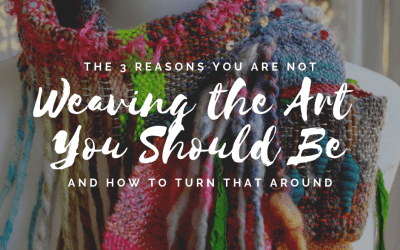
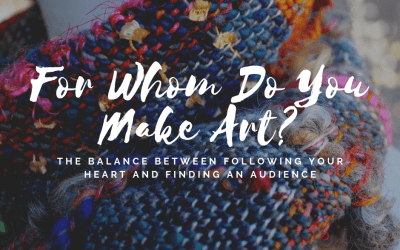
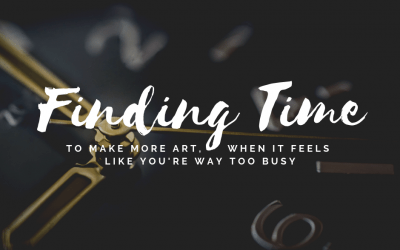
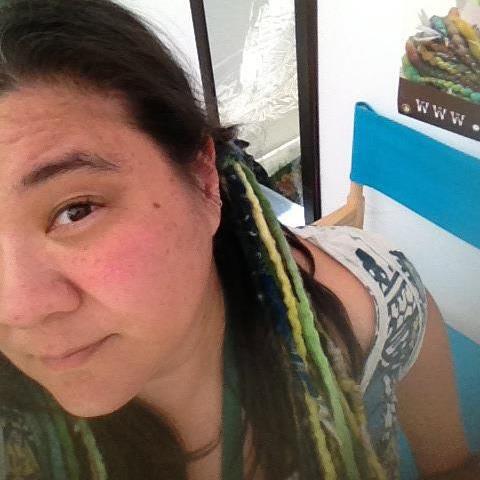

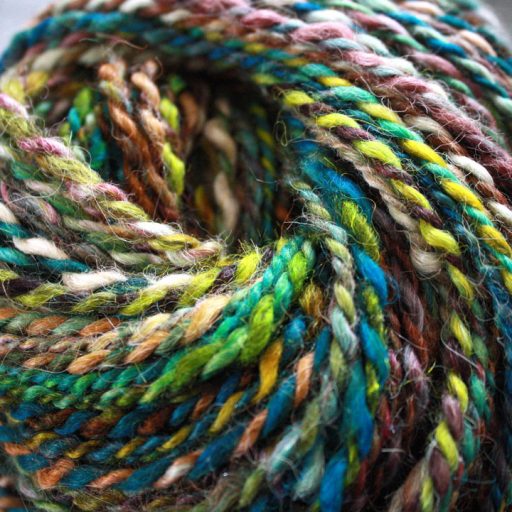


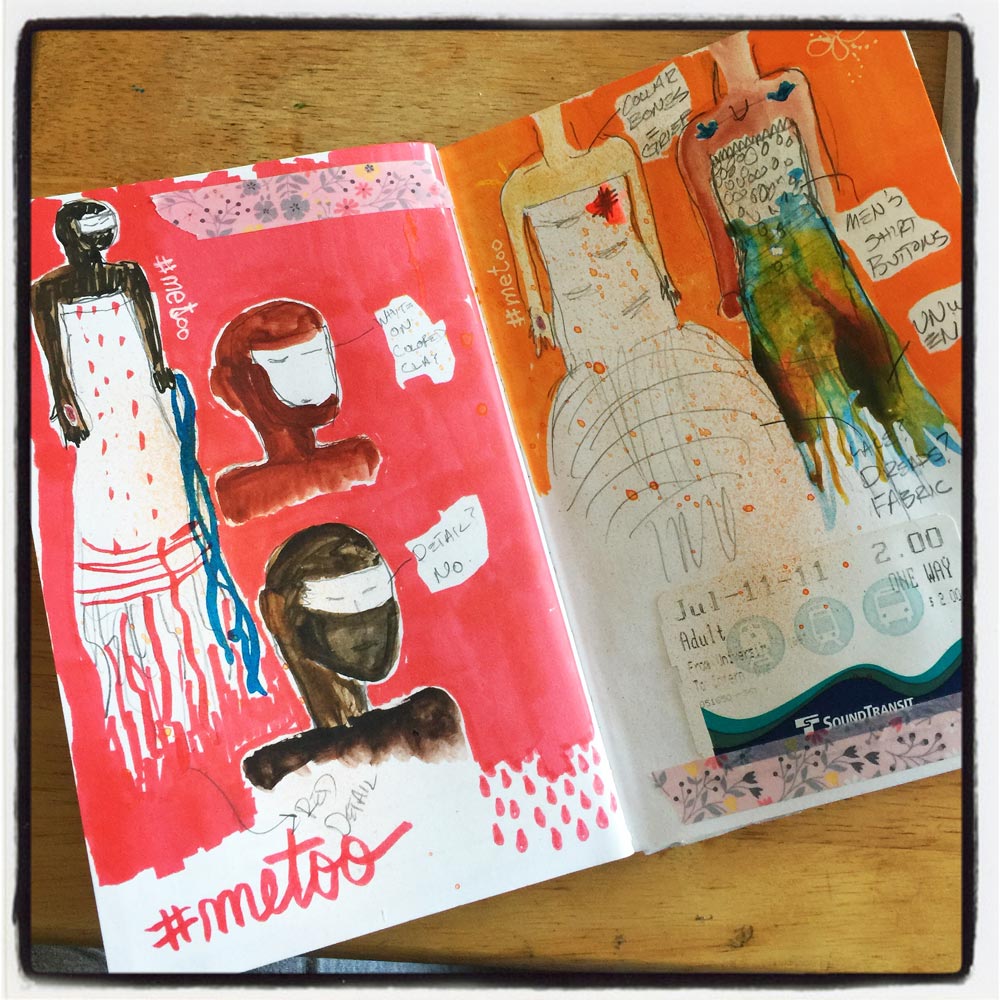
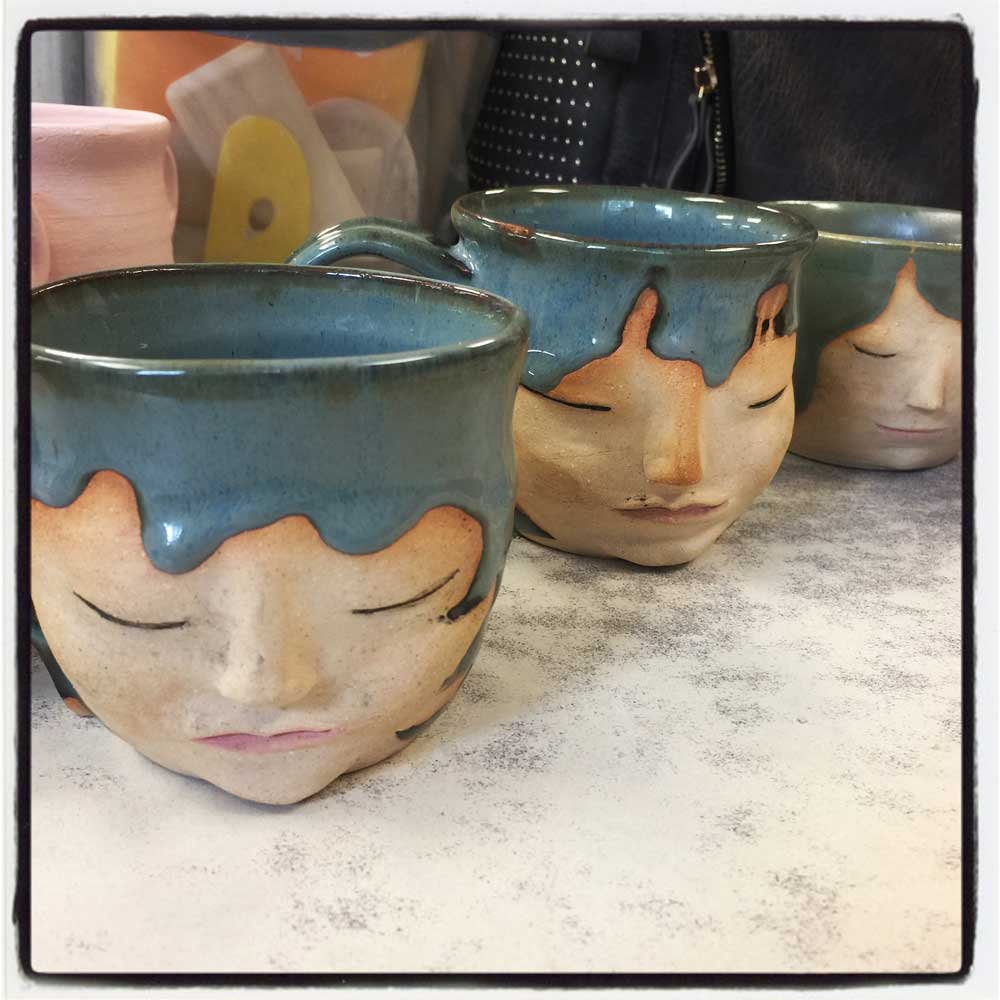
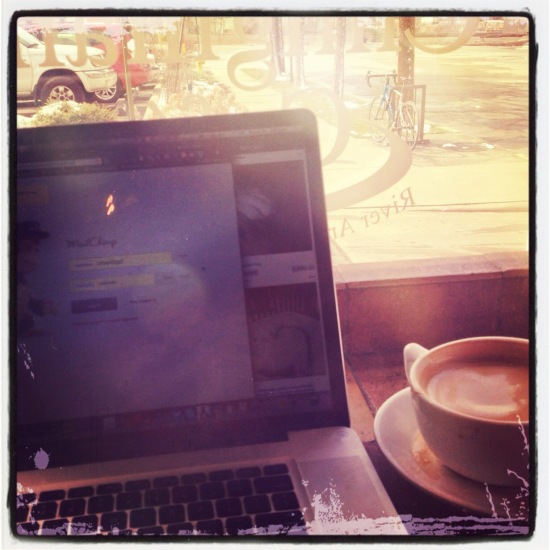
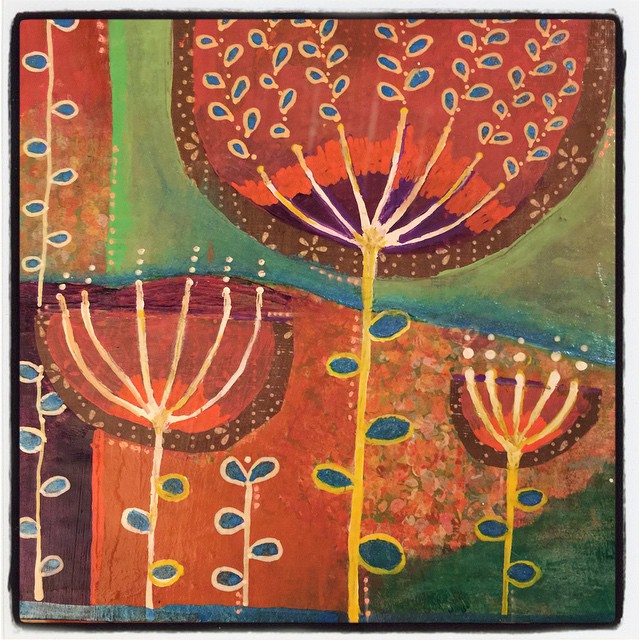

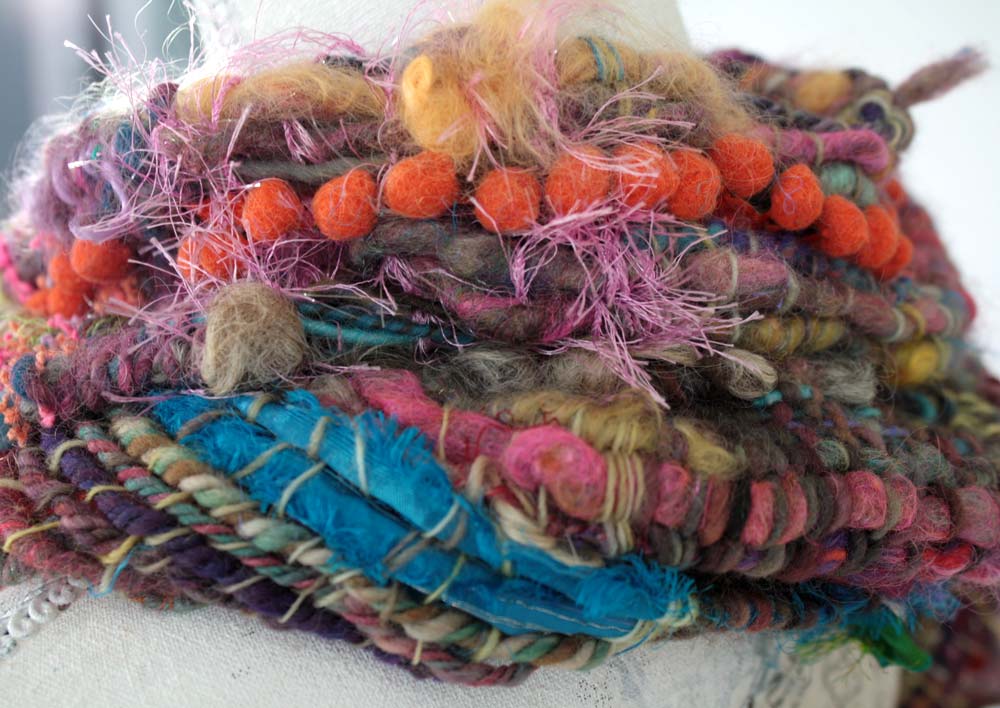
I need the $$$$ from my day job, and I’m ok with that. What I hate is the wasted time – clients who don’t keep appointments, or don’t sign and return paperwork in a timely fashion and getting stuck in traffic on the way there and back. Wasted time is more taxing than hard work.
I totally agree!! I am currently looking for a job, because, sadly, my knitting business isn’t earning enough $ to pay the bills, so I must find a job. I am very much considering a job in the city, which I would need to take the train to each day, so I can knit on the train! That would prevent wasting time driving in traffic, and time spent actually knitting, rather than day dreaming about knitting! 🙂
I love this blog post! Thank you for speaking the truth about creative jobs. I love my creative gifts and would be miserable without those abilities. Making a living working as a creative is a tough row to hoe for many of the reasons you mention, especially the devaluing of our work. I have often felt like I was selling my soul just to get those few moments of true, blissed-out creativity, and get a fair price for it. I will continue to persevere while gaining wisdom and fighting the good fight to be the artist that I am.
Grrrrrl….I know you know what I mean. If only they would teach this stuff in school..
These are very helpful tips. I have realized that life is better to use creative pursuits as enrichment in life instead of trying to earn a living as a starving artist.
This is a really good capture of how the real World works!!
I have spent my entire life making a living as a creative person and totally agree with everything Stacy has to say. I spent 20 of those years as an independent clothing designer in Dallas, Texas. I had a showroom at the Dallas Apparel Mart and one in L.A. with one or two assistants, I did everything from design, manufacturing and marketing. And let’s not forget bill collecting. Was it fun? Sometimes. Mostly it was stressful. You wouldn’t believe the people who think they don’t have to pay you or that you should do it for free. Never, never do it for free. Did I manage to make a living? Yes, because I kept my overhead down and acquired some great long term clients. Did I get rich? No. I would have made more money if I had taken my start up money and gone to Vegas. But that wasn’t the point for me. I wanted to work at something I enjoyed. I supplemented my income by teaching part time at local colleges I agree with everything Stacy says and if you don’t love it, don’t do it. If you do love it, you may find you don’t any longer. I still make stuff all the time but I don’t make clothes!